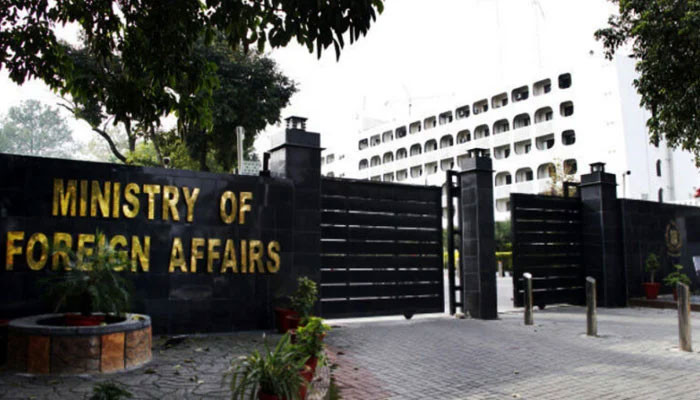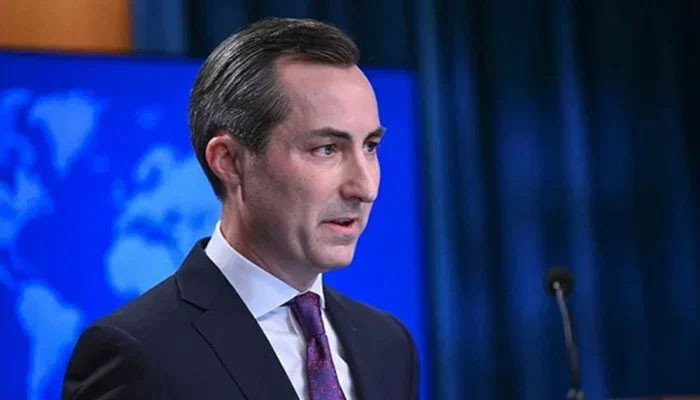US
Edu-surveillance
字号+ Author:Smart News Source:Travel 2025-01-15 07:56:39 I want to comment(0)
WITH the rise in insecurity, we have seen the increasing use of CCTV surveillance cameras and metal detectors in educational institutions globally. The security threats include, for example, school shootings in the US and attacks on schools in Pakistan. The use of surveillance technologies like CCTV may appear appropriate to combat insecurity faced by educational institutions, their staff, and students. Although the initial deployment of CCTV cameras in many countries aimed to protect schools against dangerous outsiders, they soon extended across school playgrounds, hallways, classrooms, and libraries and even crept into more private spaces like staffrooms and locker rooms. Video scandals involving university students in parts of Pakistan and other societies have highlighted the abuse of such surveillance and have initiated a debate about its use in personalised areas and classrooms. Educational institutions justify the use of CCTV surveillance cameras for access and conduct control, and evidence gathering. Access control is primarily associated with the protection of schools from dangerous outsiders. Conduct control is focused on making interventions to normalise school rules, such as attendance, assessment reports, uniforms, and punishments based on real-time monitoring. Evidence gathering is an effort to ease disciplinary investigation. CCTV surveillance cameras have become the new administrative norm. They have proliferated to socially control a variety of student behaviours, including theft, bullying, truancy, smoking, and minor delinquencies, as well as to evaluate teachers’ performance and behaviour in the classroom. The use of CCTVs in classrooms must especially be discouraged. In classrooms, they perform mostly as disciplinary tools to control teachers and students, maintain discipline, and ensure utmost compliance with organisational regulations. They are also used to supervise, monitor, and judge students’ and teachers’ overall performance. These technological surveillance services are cost-effective for educational institutes. However, they come at the cost of neglecting the development of students and impeding their transition to becoming responsible citizens, and confident, self-directed learners. Such surveillance in classrooms and personalised places has adversely impacted students and staff, and have contributed to a negative psychology on their part and a feeling of reduced safety in schools and in the classroom in particular. In addition to harsh disciplinary practices, such surveillance has resulted in a strained relationship between schools, teachers, and students. Recent educational research indicates that increasing implementation of very visible security measures — akin to a prison system — in educational institutions may gradually diminish mutual trust and have a detrimental effect on the learning environment, academic performances, and the social development of students. Research has also demonstrated that this hyper-surveillance has led to an increase in students’ feelings of mistrust, powerlessness, and vulnerability. Students are more afraid of being observed, and they may consequently act in a way that is contrived because of the ‘observer effect’ that comes with CCTV cameras. Similarly, teachers will become demoralised at such an invasion of their personal and professional space and make attempts to counteract the surveillance through resistance. Learning takes place in an environment of trust and healthy relationships between teachers and students and in a learner-friendly environment. CCTVs hamper the development of an anxiety-free environment when ins- talled in classrooms and personal spaces. Their presence heightens alertness, camouflages genuine behaviour, and may even lead to the display of fake conduct. There is evidence that they are used to criminalise student behaviour, transforming the learning atmosphere into a hyper-surveilled one, resulting in risks to privacy and human rights, as well as to the health and academic performance of students. In fact, intensified surveillance in schools has led to a growing mistrust among and oppression of students. One is not proposing to entirely avoid the use of CCTV surveillance, but it must not hinder the learning process, and personal growth of the learners or deplete trust in students and teachers, or generate a sense of personal insecurity. Their use in classrooms must especially be discouraged, and they should only be installed in places such as hallways and entrances. There should be proper rules and regulations for CCTV surveillance in educational institutes, which must be complied with. The consent of staff, students, and their parents must be obtained, and the school management must explain to them the purpose of CCTVs.
1.This site adheres to industry standards, and any reposted articles will clearly indicate the author and source;
 Related Articles
Related Articles-
Dubai likely to be picked as neutral venue for Champions Trophy matches
2025-01-15 07:47
-
توانائی کے شعبے کی تشویشوں کے درمیان PSX نقصانات میں اضافہ کر رہا ہے۔
2025-01-15 06:35
-
توانائی کے شعبے کی تشویشوں کے درمیان PSX نقصانات میں اضافہ کر رہا ہے۔
2025-01-15 05:59
-
توانائی کے شعبے کی تشویشوں کے درمیان PSX نقصانات میں اضافہ کر رہا ہے۔
2025-01-15 05:26
 User Reviews
User Reviews Recommended Reads
Recommended Reads Hot Information
Hot Information- Pakistani Passport ranks among World’s Weakest with High Visa Rejection rates
- توانائی کے شعبے کی تشویشوں کے درمیان PSX نقصانات میں اضافہ کر رہا ہے۔
- توانائی کے شعبے کی تشویشوں کے درمیان PSX نقصانات میں اضافہ کر رہا ہے۔
- توانائی کے شعبے کی تشویشوں کے درمیان PSX نقصانات میں اضافہ کر رہا ہے۔
- Family Registration Certificate FRC Fee Update in Pakistan
- توانائی کے شعبے کی تشویشوں کے درمیان PSX نقصانات میں اضافہ کر رہا ہے۔
- توانائی کے شعبے کی تشویشوں کے درمیان PSX نقصانات میں اضافہ کر رہا ہے۔
- توانائی کے شعبے کی تشویشوں کے درمیان PSX نقصانات میں اضافہ کر رہا ہے۔
- Woman tortured to death by son and daughter-in-law over garbage dispute
 Abont US
Abont US
Follow our WhatasApp account to stay updated with the latest exciting content













